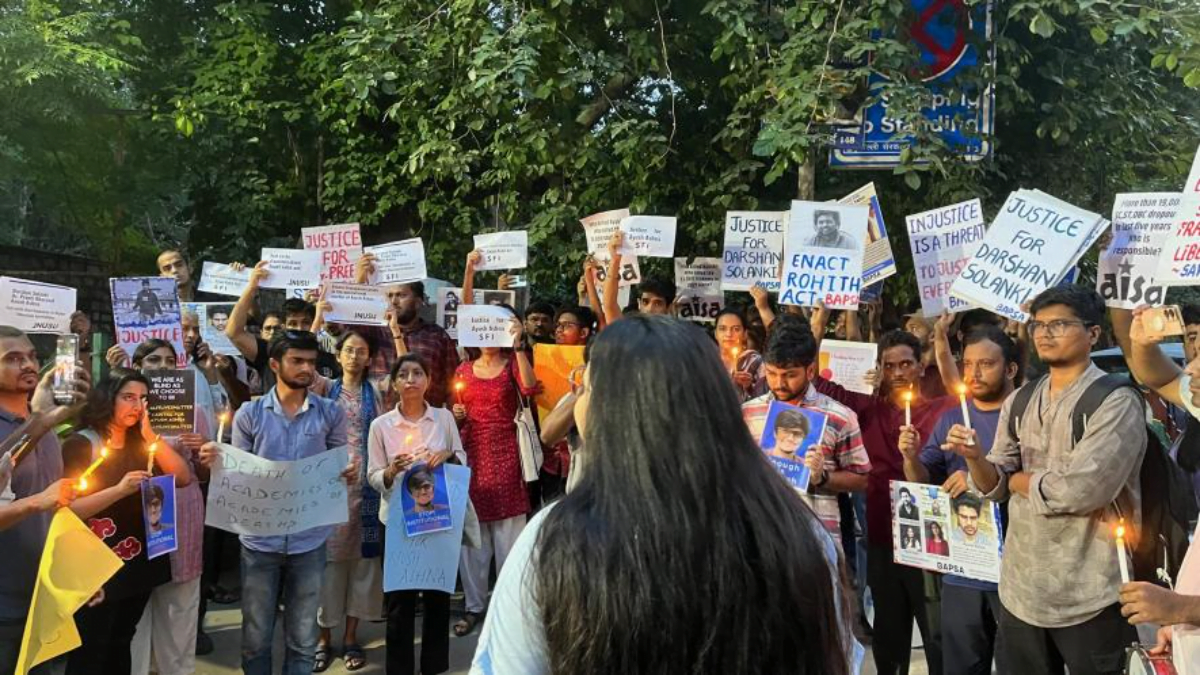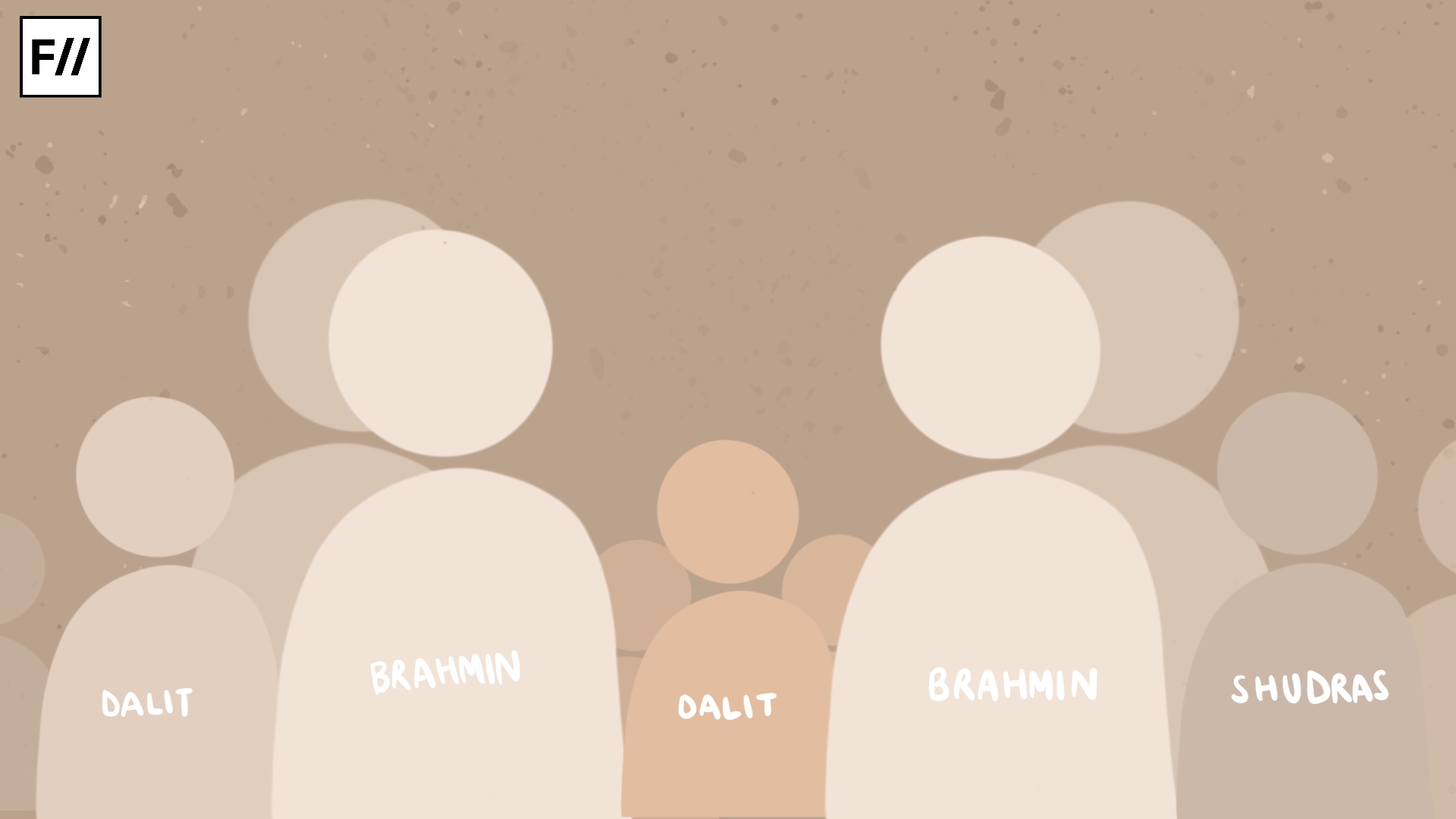India has emerged technologically and economically in the forefront of the world, especially in the last five decades owing to many factors. But, undoubtedly, one of the leading forces behind it have been the IITs (Indian Institute of Technology) and NITs (National Institute of Technology), the most prestigious central government institutions in the country. Due to the quality of education and skill rendered, the demand for these centers of excellence is much higher even among the ordinary people of the country.
The struggle to crack the IIT-JEE
The entrance tests formulated for the merit-based admissions to IITs and NITs are one of the toughest to crack through. Even then, most of the Indian parents sacrifice their time and energy to create better prospects for their children. Thus, one or more years of the student’s life, or even the little spare time meant for family get together are discarded to train the children to get through these tests.
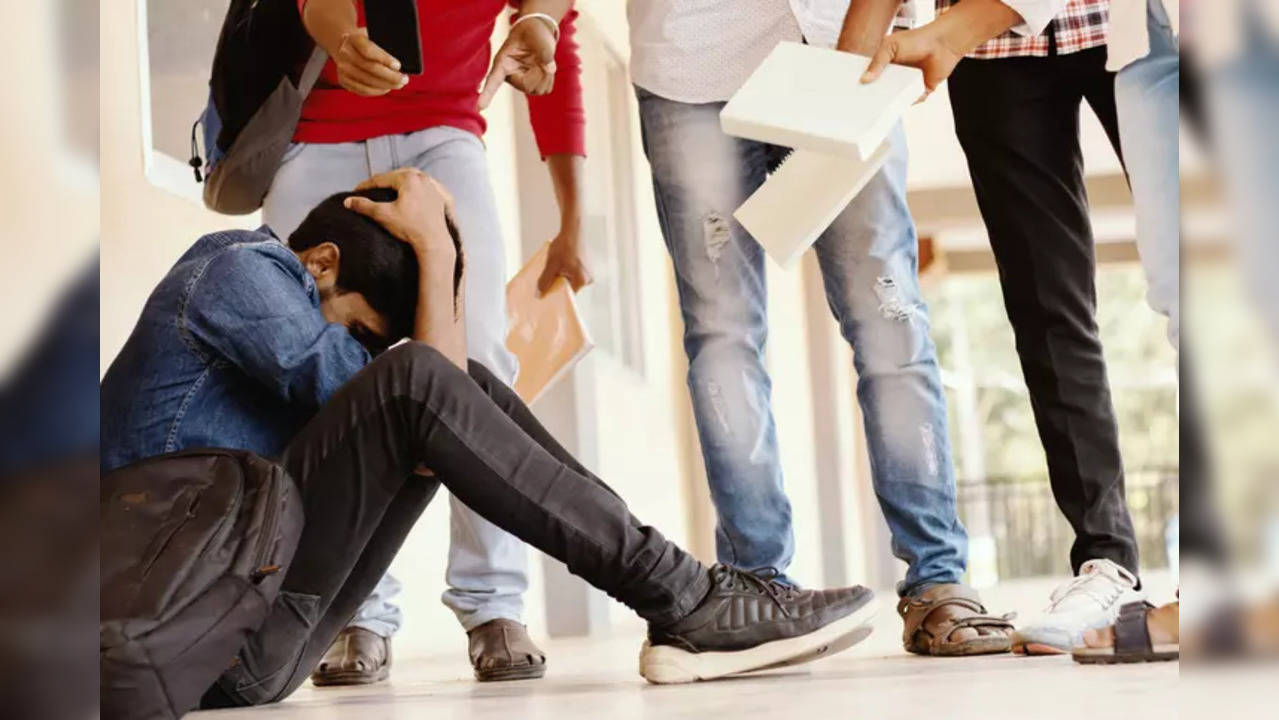
Nevertheless, the fruit of such hard-earned labor are the sweetest for their children. They are provided with the best quality of education and resources under the supervision of the intellectual faculties of the country, good accommodation, affordable fee structure, placement in high posts of the world’s leading companies, etc.
Why getting into IITs and NITs is a dream for many
Chetan Bhagat (a best-selling novelist and columnist), Sundar Pichai (Google CEO), Deepinder Goyal (founder of Zomato), Arvind Kejriwal (CM of Delhi) are some of the alumni of IITs and NITs of the country. And, surprisingly, most them belonged to the lower rungs of society before they lifted themselves up to these high positions.
Chetan Bhagat (a best-selling novelist and columnist), Sundar Pichai (Google CEO), Deepinder Goyal (founder of Zomato), Arvind Kejriwal (CM of Delhi) are some of the alumni of IITs and NITs of the country
Here, the role played by these educational institutions in their life cannot be neglected as they themselves have acknowledged the expertise they gained from these institutions. Sundar Pichai shares the same thought in one of his public talks:
‘. . . In India another earlier insightful decision was to create institutes of technology. These are leading engineering and technical institutions that are government support . . . and that opportunity changed the course of my life. These institutions over many decades have played a huge role in creating skilled entrepreneurs in India…‘

Just like these words have the charm to attract youngsters to IITs and NITs, they have also created huge markets for innumerable coaching centers that again foster and grow these dreams in the young minds. Thereby, the students and their parents readily sacrifice their time and energy to prepare for the big turn over of their lifetime.
The birth of institutions of higher technological learning and research in India
The brainchild for IIT was formed in 1946 when a committee under Jogendra Singh, a Member of the Viceroy’s Executive Council, Department of Education, Health and Agriculture was constituted to begin technical institutions of quality in the soon to be independent India. This committee, including 22 members led by N.K. Sarkar, suggested to start higher technical institutes in the four quarters of the country namely the north, south, east and west.
These were planned to produce not just under graduates alone but, high quality research under the expertise and supervision of faculties. Hence, the first IIT of the country was started in May 1950 in Hijli, Kharagpur, in the eastern zone of India. IIT Kharagpur was actually started in the Hijli detention camp and it was named to its current form of Indian Institute of Technology by the first education minister of India, Maulana Abdul Kalam Azad in 1951.
The dark truth of discrimination in IITs and NITs
Though always an icon of high standards and excellence, IITs and NITs have not yet redeemed themselves from the innumerable allegations raised against them since their inception. India, being a pluralistic society, has not been up fully able to embrace the many internal differences that exist in our land. Starting with language and culture in the different regions of the country, different belief systems have also highly contributed to the multi-faceted nature of the land.

These differences also seem to live in the psyche of the inhabitants, thereby leading to the rise of continual conflicts over many subjects. These differences persist in the IITs and NITs leading to discriminations of various types. The interesting fact is that these are experienced not only by the students but also by the faculties of these institutions simultaneously.
The scary reality of students dropout and suicide rates
The students who drop out of IITs, NITs, and also from other centrally funded technical institutions mostly belong to the marginalised sections of society in India. Though the oft cited reason for the drop out rate is mental pressure due to the heavy curriculum, it is only partly true. According to a report analysis by the Students’ Federation of India,
‘Around 63 per cent of the undergraduate dropouts at the top seven IITs belongs to the reserved category, of which almost 40 per cent are from the SC and ST communities. SC and ST groups together formed 50 per cent, 40 per cent and 30 per cent of the dropouts at NIT Uttarakhand, Warangal and Calicut. Similar trends were observed at IISc, IISERs and IIITs.’
The report, made public by the Ministry of Education, points to a number of questions taken in the Parliament, when the total number of seats are considered ‘. . . at least 683 SC seats, 831 ST seats and 591 OBC seats were not filled in the Centrally Funded Technical Institutions (CFTIs) from 2016 to 2020. A total of 619 SC, 365 ST and 847 OBC students dropped out during the same period.’
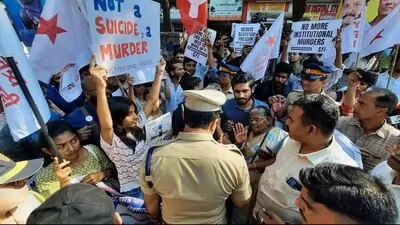
When Dr V Sivadasan MP asked about the drop out trends in these institutions and the different social categories involved in the statistical data, the Ministry responded in the most generic way,
‘The dropouts or withdrawals are mainly on account of securing a seat in other departments or institutions of the student’s choice or on any other personal ground. The government has taken various steps like fee reductions, institute scholarships, priority access to national-level scholarships to aid students with poor financial backgrounds to pursue their education.‘
Here, the issue of discrimination was avoided literally and otherwise. But the increasing number of suicidal deaths and drop-out rates are completely left unanswered like in the case Fatima Latheef, a student; or the case of Vipin P. Veetil, a recently resigned faculty member.
What the students have to say
A student from IIT Madras says:
‘I have not faced any such situation, but many of my friends have told me that they do feel discriminated against because of their religion and/or caste, even among students who come from the same village or town.
This does not happen regularly or openly. It is subtle, but we can feel it in the air. Various small incidents we come across where both the staff and the students don’t interact with us the way they interact with their own.
If you come here looking for it, you will not find it. Those who live here come across it on occasions, but they remember it because it hurts and that is why they talk about it among their own friends.’
‘Students have told me that teachers have called students “quota students” to berate them,‘ said another student from IIT Madras.
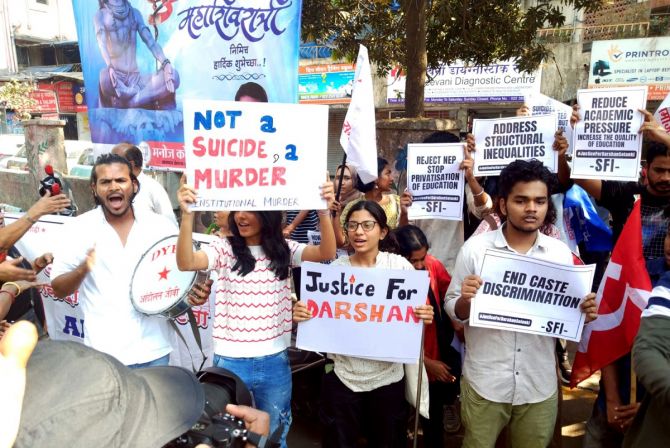
‘A research scholar who graduated from a government school and did his postgraduate studies from IIT Madras came back to do research there and the board remarked in surprise that a government school student was making it to the IITs and then applying for research,’ said a former student requesting not to be named.
The pressure behind cracking IIT results in student suicides
The immense pressure imposed by the various coaching centres in the preparation for IIT and NIT entrance examinations on the students have also caused many suicidal deaths and cases of depression. Kota in Rajasthan is a city known for the famous IIT and NIT based coaching centres.
But the fourteen student suicides in the last year alone exemplify the huge pressure built on students by these centres to crack the entrance, at the cost of their lives and mental health. This resulted in Kota being labelled as “suicide factory” by the local residents. Following this incident, Rajasthan government has asked all coaching centres to reduce the mental stress on students, and has made student helpline numbers available. But how far these tiny steps can work is left to be thought of.
The role of power in spaces of higher education
One of the evident reasons as to why these troubles and loss of lives continues to exist is due to the prevalent tendency to exert the earlier systems of power. Thus, the class and caste hierarchies are reinforced to withhold the power within the systems so as to dismantle the newly deconstructed centres from their emergence.
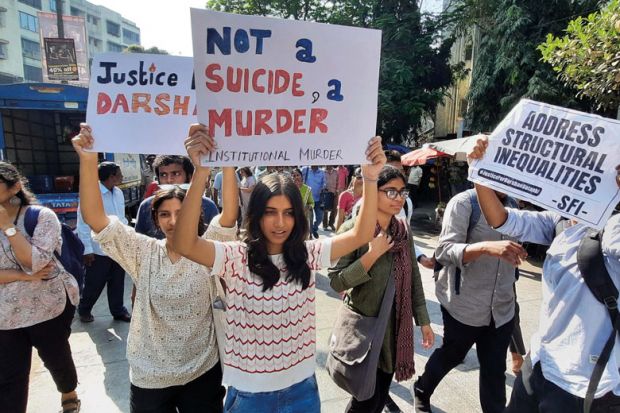
Therefore, the poor continues to remain so, just like the rich remains to be. The psychological trauma experienced by these victims are very often neglected and left unnoticed. This repeated process continues to reshape the images of these institutions often to the other end.
A careful and fair study of the existing problems within these institutions by a judicial committee is an essential step to rebrand and re-introduce our maternal institutions, IITs and NITs to the world, after it has cleaned itself of this traumatic history.
A careful and fair study of the existing problems within these institutions by a judicial committee is an essential step to rebrand and re-introduce our maternal institutions, IITs and NITs to the world, after it has cleaned itself of this traumatic history.
To conclude with the words of Kiran Kumar, National President of AIOBCSA says,
‘Caste-based discrimination, financial problems, elitism, and the English language might be the major reasons for the dropouts. Institutions must be conducive and inclusive in helping marginalised students. There must be an action plan from the government and respective institutions.’.
About the author(s)
Vidhu (she/her) is an emerging writer with Masters in English language and literature, keen on learning the politics of the world around her. She has dreams to create a career in journalism and writing, where she unburdens her self. She has a great taste for movies from varies geographical spans and pens down poetry in magical charms. She is open to projects or research centring on humanities.
